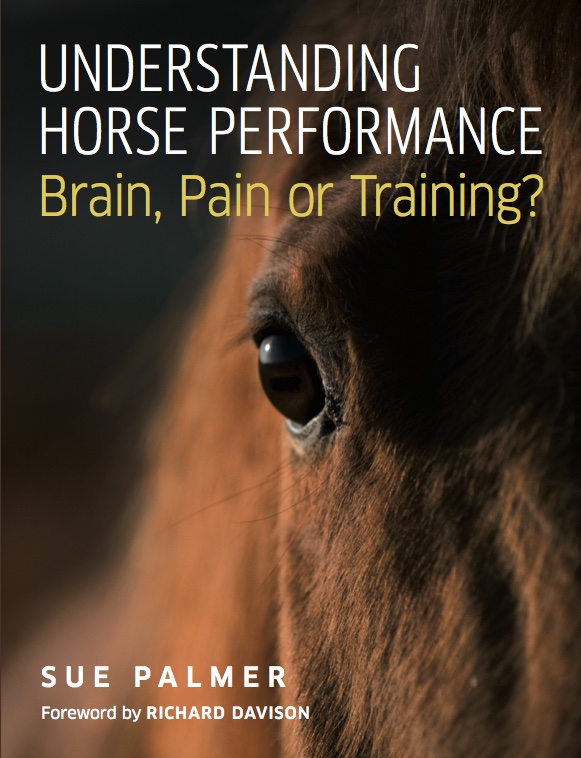What to do: Pick up each of your horse’s feet in turn, as though you were going to pick out his foot.
The ideal: A balanced horse who is willing to have all four feet picked up, where left feels the same as right, with no unusual heat or swelling.
Check: Does he resist picking up one foot more than the others? Is one foot heavier, or lighter, to pick up than the others? Does he struggle to maintain his balance when one foot is in the air? Does he snatch a front leg away from you? Does he lift a hind leg higher in the air than expected? Does he move away from you when you go to pick up a foot? Is there any unusual heat or swelling (always compare left to right, and make sure you check the hooves for heat as well as the legs)? Are there any cuts or scratches?
If you’re an instructor with a client who’s struggling to achieve what you’re asking of them, you can suggest these exercises and help them to find the right treatment for their horse. They’ll get more from their lessons with you on a horse who’s physically better able to cope, and your obvious care for the horse’s wellbeing will help to build greater trust and respect. If you’re a professional rider and one of the horses you are riding is finding something overly difficult, or not performing as well as you would expect him to, these exercises could help his owner see that his performance might improve further with extra help from a vet or physical therapist. This would allow you to improve your scores, or work or compete him at a higher level, and owners will appreciate your breadth of feel and understanding for the benefit of their horse.
As a saddler, dentist, farrier, or other equine paraprofessional, you can point owners in the direction of this book and these exercises to help them recognise when their horse needs help from another professional as well as yourself. This will make your job easier since you’re not trying to multitask and cover work that others could do more easily, and it further improves the service you are offering to both client and horse. Increasingly clients are (quite rightly) expecting service over and above ‘the norm’, and with so much information freely available on the web, they expect every equine professional to be the fount of all knowledge. Since none of us can possibly know everything (and if someone claims that they do, perhaps they are not the right person to be working with), one priority is to point people in the direction of the right help. The trick is to know when and how to do that, and where to point them. I sincerely hope this book will help, for the sake of ridden horses throughout the world.
“A horse doesn’t care how much you know, until he knows how much you care.” Pat Parelli
Find out more and get your copy of ‘Understanding Horse Performance: Brain, Pain or Training?’ today from www.thehorsephysio.co.uk.
© Sue Palmer, The Horse Physio, 2021
Treating your horse with care, connection, curiosity and compassion
